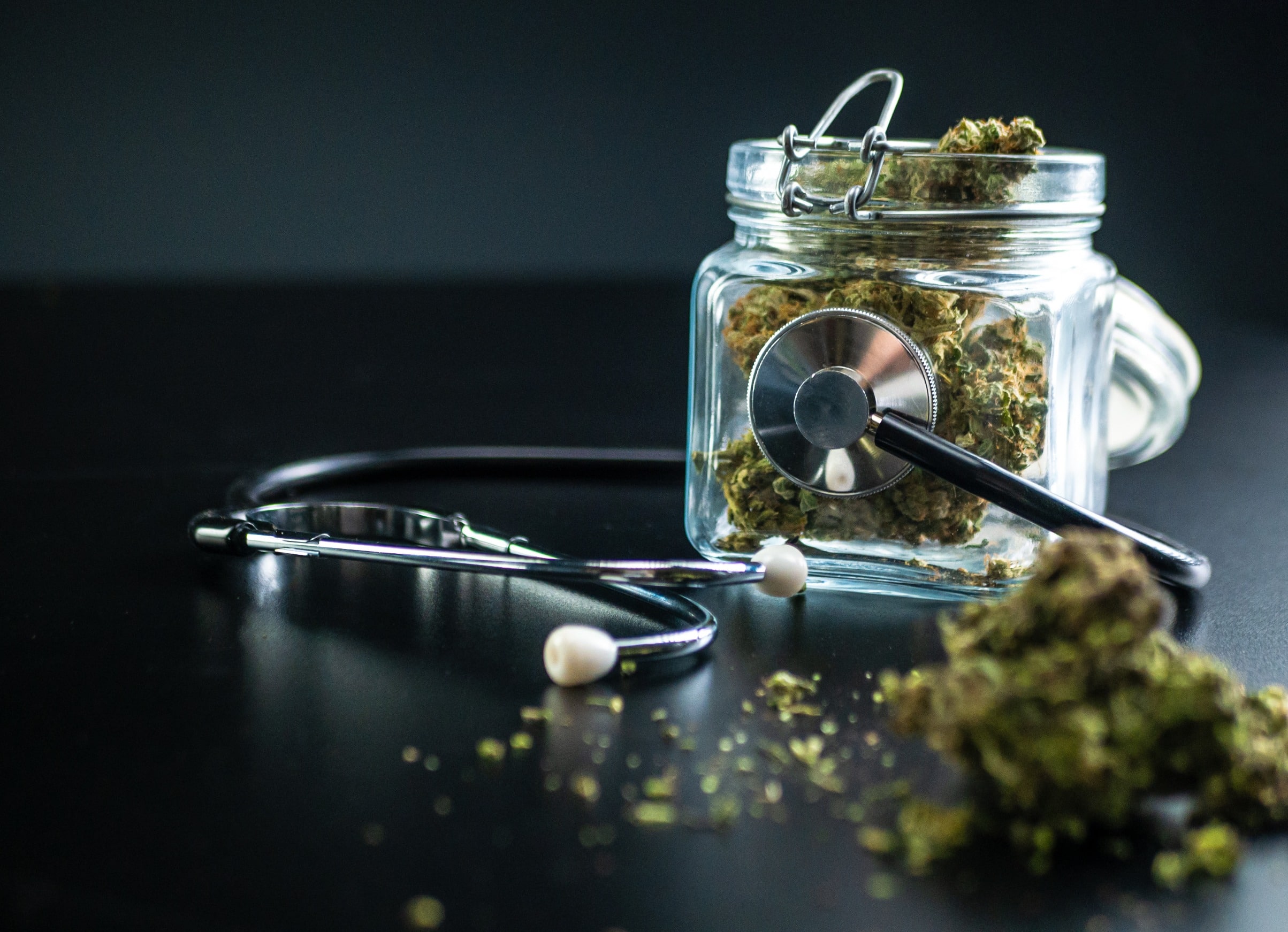Cannabis is a complex plant that contains hundreds of compounds, including cannabinoids, terpenes, and flavonoids. These compounds have different effects on the body and mind, and their concentration and composition vary widely between different strains and products. As a result, finding the right dosage for cannabis medicine can be challenging and requires careful experimentation and monitoring.
In this article, we will explore the factors that influence cannabis medicine dosage, the different forms of cannabis medicine available, and some general guidelines for finding the right dosage.
Factors That Influence Cannabis Medicine Dosage
The optimal dosage of cannabis medicine depends on many factors, including:
- The patient’s medical condition: Different medical conditions may require different dosages of cannabis medicine. For example, patients with severe pain or nausea may require higher doses than patients with mild symptoms.
- The patient’s tolerance: Patients who have used cannabis medicine for a long time may have developed a tolerance to its effects and may require higher doses to achieve the same level of relief.
- The patient’s weight: Larger patients may require higher doses of cannabis medicine than smaller patients.
- The potency of the cannabis product: Different strains and products of cannabis medicine have different concentrations of cannabinoids and other compounds. This can affect the dosage needed to achieve the desired effects.
- The method of administration: Different methods of cannabis administration, such as smoking, vaporizing, or edibles, can affect the dosage needed to achieve the desired effects.
Forms of Cannabis Medicine
Cannabis medicine is available in many forms, including:
- Flower: Dried cannabis flowers can be smoked, vaporized, or used to make edibles or concentrates.
- Concentrates: Concentrates are highly potent extracts of cannabis that can be smoked, vaporized, or used to make edibles.
- Edibles: Edibles are cannabis-infused foods or drinks that can be ingested.
- Tinctures: Tinctures are liquid cannabis extracts that are taken sublingually (under the tongue) or added to food or drinks.
- Topicals: Topicals are cannabis-infused creams, balms, or oils that are applied to the skin.
General Guidelines for Finding the Right Dosage
When starting with cannabis medicine, it is important to start with a low dose and gradually increase it until the desired effects are achieved. Here are some general guidelines for finding the right dosage:
- Start with a low dose: Start with a low dose of cannabis medicine, especially if you are new to using it. A low dose can help you assess your tolerance and avoid any unwanted side effects.
- Wait for the effects: After taking a dose of cannabis medicine, wait for the effects to kick in before taking more. This can take anywhere from a few minutes to several hours, depending on the method of administration.
- Increase the dose gradually: If the initial dose does not produce the desired effects, increase the dose gradually until the desired effects are achieved.
- Monitor the effects: Monitor the effects of cannabis medicine closely and adjust the dosage as needed. Keep a journal to track the dosages and their effects.
- Consult with a healthcare provider: If you have any questions or concerns about cannabis medicine dosage, consult with a healthcare provider who is knowledgeable about cannabis medicine.
Finding the right dosage of cannabis medicine requires careful experimentation and monitoring. The optimal dosage depends on many factors, including the patient’s medical condition, tolerance, weight, the potency of the cannabis product, and the method of administration. It is important to start with a low dose, wait for the effects to kick in, increase the dose gradually, monitor the effects, and consult with a healthcare provider if needed. By following these guidelines, patients can find the right dosage of cannabis medicine. At Peak Wellness in Greenwich, CT, patients can receive guidance on using medical cannabis for various health conditions and navigate the state’s medical cannabis program.








